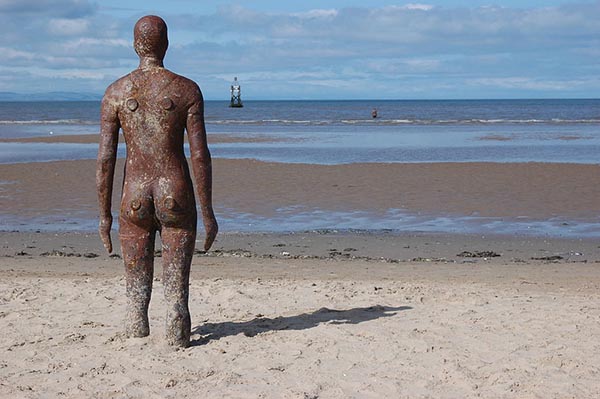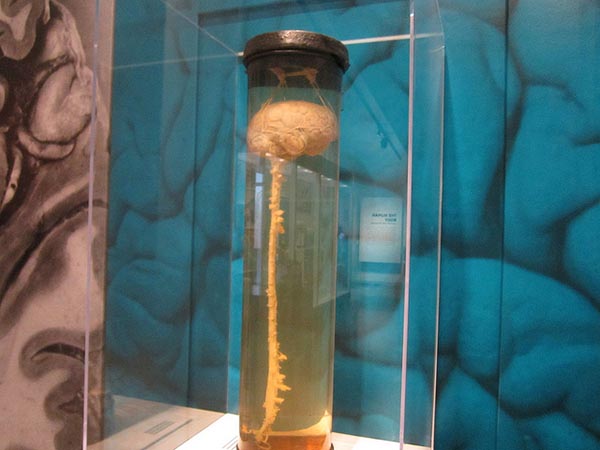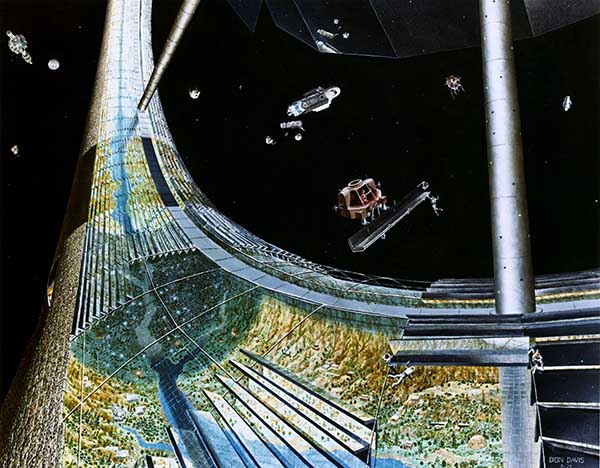As space colonization becomes a more serious project and an influential utopian imaginary, I am reminded of British scientist and communist JD Bernal’s 1929 warning about “human dimorphism”: Bernal wondered about a future in which “mechanizers” would live an enhanced, technoscientifically-evolved form of life, separated from the “humanizers,” the masses whose physical needs would be equally gratified thanks to scientific advancements—but who would prefer to exist in an atavistic human way, enjoying mundanities such as friendliness, poetry, dancing, drinking, singing, and art. His figure for that version of the good life seems to have been filched from whatever exposure he had to colonial anthropology—he calls it the “idyllic, Melanesian existence.” The mechanizers, on the other hand, would transform themselves biologically and psychologically, moving down a different evolutionary path towards a different destiny—a vision dear to present-day transhumanists, who from early on were among the strongest advocates of space colonization, and have been involved in various aspects of it, through NASA and DARPA as well as a number of smaller, more esoteric organizations. The word transhumanist was, in fact, coined by Bernal’s more famous acquaintance, Julian Huxley—Julian was Aldous’ socialist brother, who had his own visions of a quasi-eugenicist utopia.
There are alternative and instructive histories, as well as an important present, buried in these entanglements with utopia, science, and the left. It seems worthwhile to reconsider some of the visions and insights embedded in that history and, possibly, to find a lens that might point a way out of the directionless quagmire we find ourselves in as we try to think beyond the black box of market capitalism. I wonder whether, in our over-determined rejection of utopianism, we have not also thrown out something valuable, or maybe simply useful. In putting forward a “recombinant tale of social and scientific consciousness” (a phrase I steal from Debbora Battaglia), I am especially interested in utopianism and forms of teleology , because telos seems to matter, somehow, and I am interested in finding out not so much why it matters, but how it matters in thinking politically and morally. (read more...)



